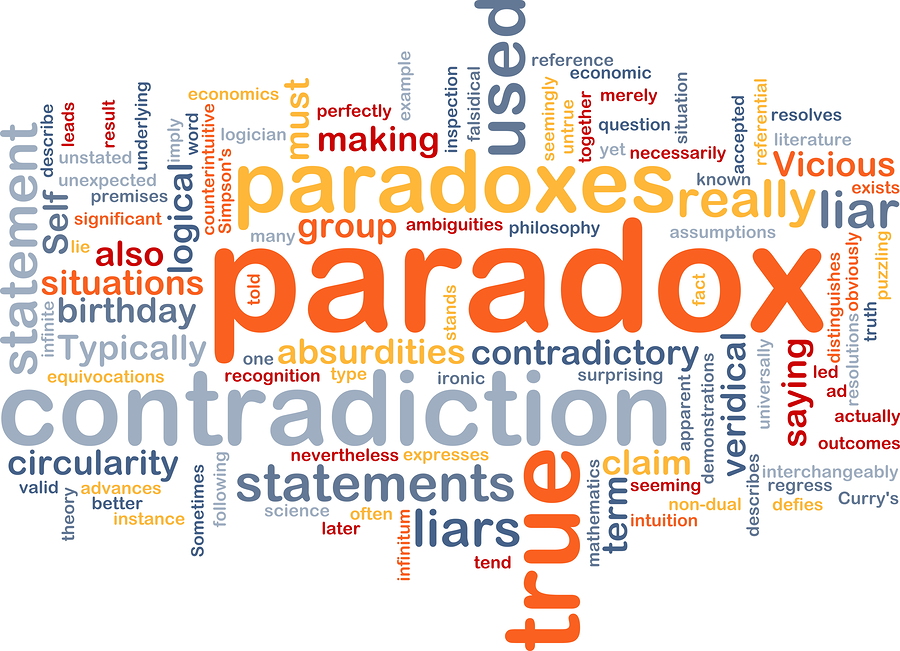How to Abuse Words Creatively
By Peter LloydWords make such poor vehicles for moving ideas around, but they are the best we have. Or are they? In many ways words serve as the last resort when it comes to generating or expressing ideas.
In face-to-face conversation, for example, most of what we communicate comes across in our tone of voice, body language, and facial expressions, along with the speed and intensity of our speech. This helps explain why some people use emoticons in text messages and why it’s so easy to be misunderstood in print.
In creative thinking words can help or hinder.
How Words Hinder
Words might well be the worst tool for solving problems, creating art, or inventing. After all, a new idea has never been expressed in words or images, sound or motion. So to use words to find a new idea must frustrate the creative thinker.
 So much has been written about what Albert Einstein had to say about everything, that quoting him has become akin to using a cliché. But I can’t escape quoting him in this context. The great scientist explained more than once that he solved problems by thinking in images rather than words.
So much has been written about what Albert Einstein had to say about everything, that quoting him has become akin to using a cliché. But I can’t escape quoting him in this context. The great scientist explained more than once that he solved problems by thinking in images rather than words.“I have no doubt that our thinking goes on for the most part without the use of symbols, and, furthermore, largely unconsciously.”
To generate fresher ideas, then, escape the bondage of words.
How Words Help
After they formulate their wordless ideas, scientists and philosophers do their very best to define their terms before expressing their ideas. Both processes—defining and expressing—can present quite a challenge, because words can be so shifty.
Ironically the very shiftiness that makes communicating clearly so difficult, can assist you when thinking creatively. The idea is to abuse words or defeat their assumed purpose—play with words, follow word association paths, and put puns to work to take advantage of their ambiguity.
You know how to do this. You use context to ascribe meaning as a speaker and as a listener, which is why Siri and other applications that attempt conversation fail so humorously.
In everyday conversation, we all use intentionally fuzzy phrases. “How are you doing?” Only a severely literal listener would ask, “Doing what?”
We use words with more than one meaning, trusting our interlocutors to interpret. “How do you feel?” No one expects to hear, “Feel what?”
The word conversation helps illustrate how words can assist creative thinking. The word comes from parts that mean to live or keep company with. Only late in the 16th century did conversation mean talking with. Earlier in the same century it meant sexual intercourse. Adultery was called criminal conversation. Maybe that’s why the idea of freedom of speech had to wait.
If you must use words to create, converse with them in every sense of the word.
See also:
- Einstein On Creative Thinking: Music and the Intuitive Art of Scientific Imagination By Michele and Robert Root-Bernstein, Psychology Today
Peter Lloyd is co-creator with Stephen Grossman of Animal Crackers, the breakthrough problem-solving tool designed to crack your toughest problems.
Right Brain Workouts Explained
